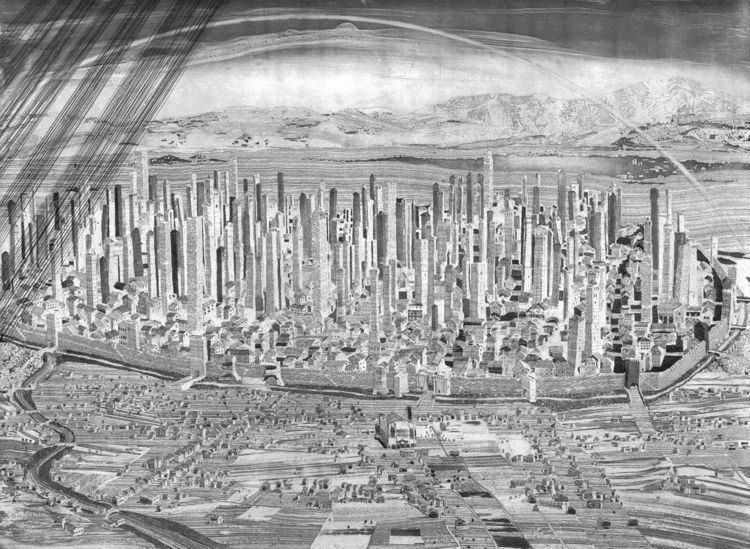Architectural style Renaissance architecture | Phone +39 051 647 2113 | |
 | ||
Address Piazza di Porta Ravegnana, 40126 Bologna, Italy Hours Open today · 9AM–7PMTuesday9AM–7PMWednesday9AM–7PMThursday9AM–7PMFriday9AM–7PMSaturday9AM–7PMSunday9AM–7PMMonday9AM–7PMSuggest an edit Similar Piazza Maggiore, San Petronio Basilica, Fountain of Neptune - Bologna, Sanctuary of the Madonna, Archiginnasio of Bologna | ||
Towers of bologna bologna emilia romagna italy europe
The Towers of Bologna are a group of medieval structures in Bologna, Italy. The two most prominent ones, known as the Two Towers, are the landmark of the city.
Contents
- Towers of bologna bologna emilia romagna italy europe
- Leaning towers of bologna
- History
- Construction
- Number
- Two Towers
- Towers
- Gateways
- References
Leaning towers of bologna
History
Between the 12th and the 13th century, the number of towers in the city was very high, possibly up to 180. The reasons for the construction of so many towers are not clear. One hypothesis is that the richest families used them for offensive/defensive purposes during the period of the Investiture Controversy.
Besides the towers, one can still see some fortified gateways (torresotti) that correspond to the gates of the 12th-century city wall (Mura dei torresotti or Cerchia dei Mille), which itself has been almost completely destroyed.
During the 13th century, many towers were taken down or demolished, and others simply collapsed. Many towers have subsequently been utilized in one way or the other: as prison, city tower, shop or residential building. The last demolitions took place during the 20th century, according to an ambitious, but retrospectively unfortunate, restructuring plan for the city. The Artenisi Tower and the Riccadonna Tower at the Mercato di mezzo were demolished in 1917.
Of the numerous towers originally present, fewer than twenty can still be seen today. Among the remaining ones are the Azzoguidi Tower, also called Altabella (with a height of 61 m), the Prendiparte Tower, called Coronata (60 m), the Scappi Tower (39 m), Uguzzoni Tower (32 m), Guidozagni Tower, Galluzzi Tower, and the famous Two Towers: the Asinelli Tower (97 m) and the Garisenda Tower (48 m).
Construction
The construction of the towers was quite onerous, the usage of serfs notwithstanding. To build a typical tower with a height of 60 m would have required between three and 10 years of work.
Each tower had a square cross-section with foundations between five and ten meters deep, reinforced by poles hammered into the ground and covered with pebble and lime. The tower's base was made of big blocks of selenite stone. The remaining walls became successively thinner and lighter the higher the structure was raised, and were realised in so-called "a sacco" masonry: with a thick inner wall and a thinner outer wall, with the gap being filled with stones and mortar.
Usually, some holes were left in the outer wall as well as bigger hollows in the selenite to support scaffoldings and to allow for later coverings and constructions, generally on the basis of wood.
Number
The towers must actually have crowded Bologna in the Middle Ages and there has been considerable debate about their peak number before the first ones were demolished to avoid collapse or for other reasons.
The first historian to study the towers of Bologna in a systematic way was Count Giovanni Gozzadini, a senator of the Italian kingdom in the 19th century, who studied the city's history intensively, not least to raise the prestige of his home town in the context of the now united Italy. He based his analysis mostly on the civic archives of real estate deeds, attempting to arrive at a reliable number of towers on the basis of documented ownership changes. His approach resulted in the extraordinary number of 180 towers, an enormous amount considering the size and resources of medieval Bologna.
More recent studies pointed out that Gozzadini's methodology might have led to multiple counts of buildings, which could have been referred to in legal documents by different names, depending on the name of the family who actually owned it at a given moment. More recent estimates reduced therefore the number to a total between 80 and 100, where not all towers existed at the same time.
Two Towers
They are located at the intersection of the roads that lead to the five gates of the old ring wall (mura dei torresotti). It was located at the site of the early medieval Gate to the Via Emilia, the Porta Ravennate, now remembered by the name of the adjacent Piazza di Porta Ravegnana. The taller tower is called the Asinelli while the smaller but more leaning tower is called the Garisenda.
